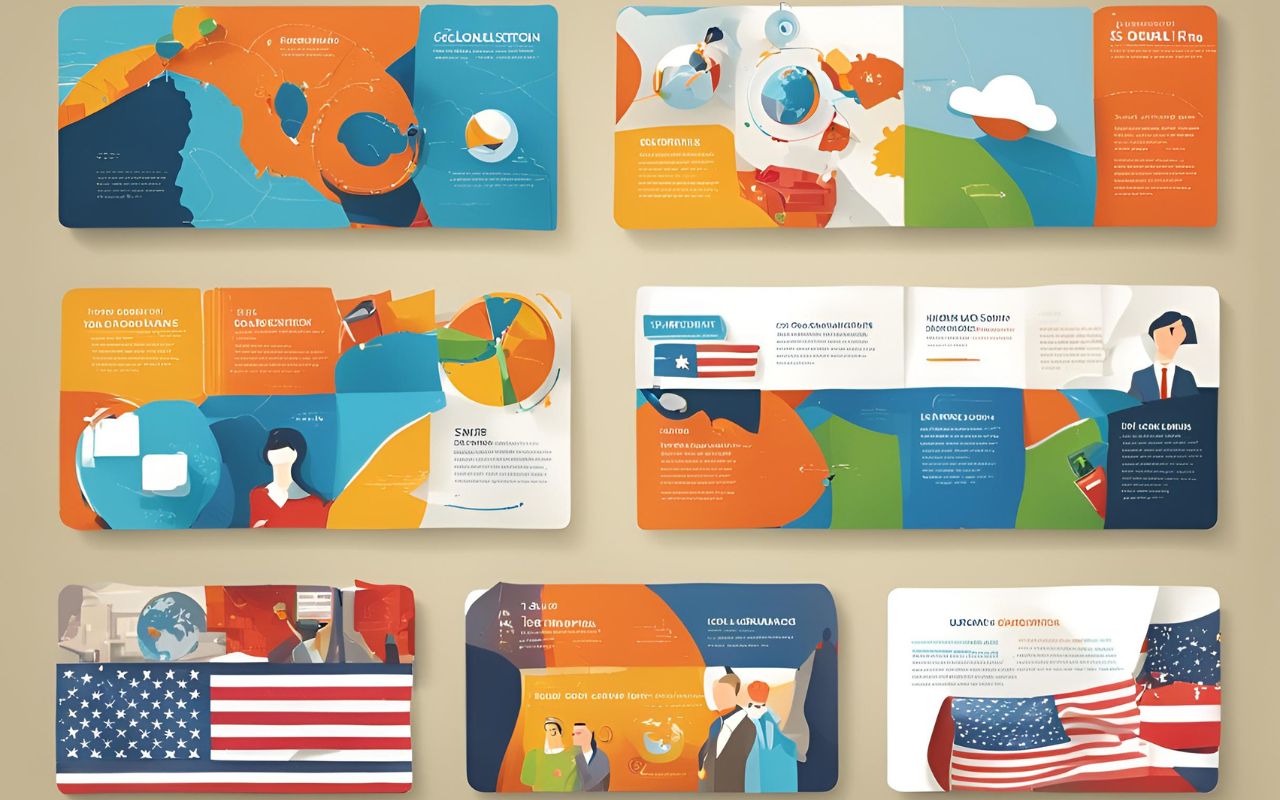
In the ever-evolving world of digital marketing, understanding on-page SEO techniques is crucial for any business looking to enhance its online presence. On-page SEO is the foundation of your website’s search engine optimization efforts, directly influencing how search engines interpret and rank your content. By mastering these techniques, you can significantly improve your website’s visibility, drive more organic traffic, and ultimately boost your conversion rates.
This comprehensive guide will walk you through the essential on-page SEO strategies that every business should implement. From keyword optimization to improving user experience, we’ll cover the best practices that will help your website climb the search engine rankings and maintain a competitive edge in your industry.
What is On-Page SEO?
On-page SEO refers to the practice of optimizing individual web pages to rank higher and earn more relevant traffic in search engines. This involves both the content on the page and the HTML source code, unlike off-page SEO which involves external signals like backlinks.
Key components of on-page SEO include optimizing title tags, meta descriptions, headers, and images, as well as ensuring your content is high-quality, relevant, and aligned with the search intent of your audience. By fine-tuning these elements, you make it easier for search engines to understand your content, which can lead to higher rankings and more visibility for your site.
Why On-Page SEO Matters
The importance of on-page SEO techniques cannot be overstated. Search engines like Google use complex algorithms to determine which pages to show for specific queries, and on-page SEO plays a critical role in this decision-making process. When done correctly, on-page SEO helps search engines understand what your page is about and whether it’s relevant to a user’s search query.
Beyond search engine rankings, on-page SEO also enhances user experience. A well-optimized page is easier to navigate, faster to load, and provides valuable information that meets the user’s needs. This not only helps retain visitors but also encourages them to engage with your content, increasing the likelihood of conversions.

11 Best Practices and Strategies for On-Page SEO
1. Keyword Optimization
At the heart of every successful on-page SEO strategy is effective keyword optimization. This involves identifying relevant keywords that your target audience is searching for and incorporating them naturally into your content.
Start by conducting thorough keyword research using tools like Google Keyword Planner or Ahrefs. Focus on long-tail keywords, as these are often less competitive and more specific, which can lead to higher conversion rates. Once you’ve identified your target keywords, strategically place them in your title tags, headers, meta descriptions, and throughout your content. However, avoid keyword stuffing, as this can lead to penalties from search engines.
2. Crafting Compelling Title Tags
Title tags are one of the most important elements of on-page SEO. They are the first thing users see in the search engine results and play a major role in determining whether someone clicks on your link.
A well-crafted title tag should include your primary keyword and be no longer than 60 characters to ensure it displays correctly in search results. Make your title tag compelling by using action words or creating a sense of urgency, which can increase your click-through rate (CTR). For example, a title like “Discover 11 Proven On-Page SEO Techniques for 2024” is more likely to attract clicks than a generic title.
3. Optimizing Meta Descriptions
While meta descriptions don’t directly affect search rankings, they significantly impact CTR, which can influence your ranking over time. A meta description provides a brief summary of your page’s content and appears under the title tag in search results.
To optimize your meta descriptions, keep them between 150-160 characters, include your primary keyword, and write them in a way that entices users to click. For example, “Learn the top 11 on-page SEO techniques that will boost your website’s visibility and drive more traffic in 2024” is both informative and engaging.
4. Using Header Tags Effectively
Header tags (H1, H2, H3, etc.) play a crucial role in organizing your content and making it easier for both users and search engines to navigate. Your H1 tag should include your primary keyword and clearly define the topic of the page.
Use H2 and H3 tags to break up your content into logical sections, which not only improves readability but also allows search engines to better understand the structure of your content. This hierarchy is essential for creating a user-friendly experience, which is a key factor in SEO rankings.
5. High-Quality, Relevant Content
Content is king in the world of SEO. High-quality, relevant content that addresses the needs and questions of your audience is essential for achieving and maintaining high search engine rankings.
When creating content, focus on providing value to your readers. This means thoroughly researching your topic, providing accurate information, and writing in a clear, engaging style. Additionally, ensure your content is original and offers a unique perspective that sets it apart from the competition. Regularly updating your content to reflect the latest trends and information can also help maintain its relevance.
6. Image Optimization
Images play a significant role in on-page SEO, not just for improving the visual appeal of your content but also for boosting your rankings. However, images must be properly optimized to avoid slowing down your site and to help search engines understand what they depict.
Start by using descriptive file names that include your target keyword, and always add alt text to your images. Alt text should describe the image accurately and include relevant keywords, as this helps with accessibility and can improve your image search rankings. Additionally, compress images to reduce file size and improve page load times, which is a critical factor for both user experience and SEO.
7. Internal Linking
Internal linking is a powerful on-page SEO technique that involves linking to other pages within your website. This helps distribute link equity throughout your site and provides users with a more comprehensive experience by guiding them to related content.
When adding internal links, use descriptive anchor text that includes relevant keywords. This not only helps users understand the context of the linked page but also signals to search engines the relevance of the content. For example, linking to a page about “advanced SEO strategies” using anchor text like “learn more about advanced SEO techniques” is more effective than using generic phrases like “click here.”
8. Improving Page Load Speed
Page load speed is a critical factor in both user experience and search engine rankings. Slow-loading pages can lead to high bounce rates, which negatively impacts your SEO performance.
To improve page load speed, consider using tools like Google PageSpeed Insights to identify and address issues. Common techniques include compressing images, leveraging browser caching, minifying CSS and JavaScript files, and using a Content Delivery Network (CDN) to reduce latency. A faster website not only keeps visitors engaged but also signals to search engines that your site provides a good user experience.
9. Mobile-Friendliness
With the majority of searches now occurring on mobile devices, having a mobile-friendly website is no longer optional. Google uses mobile-first indexing, meaning it primarily uses the mobile version of your site for ranking and indexing.
Ensure your website is responsive, meaning it automatically adjusts to fit the screen size of the device it’s being viewed on. Test your site’s mobile-friendliness using Google’s Mobile-Friendly Test tool and make necessary adjustments to improve navigation, readability, and overall user experience on mobile devices.
10. Schema Markup Implementation
Schema markup, or structured data, is a type of code that you can add to your website to help search engines provide more informative results for users. This can include details like product information, reviews, and FAQs.
Implementing schema markup can improve your visibility in search results by enabling rich snippets, which can lead to higher CTR. Tools like Google’s Structured Data Markup Helper can assist you in adding schema to your site, helping search engines better understand your content and improving your chances of ranking higher.
11. URL Structure Optimization
A clean and organized URL structure is essential for both user experience and SEO. URLs should be short, descriptive, and include relevant keywords to help search engines and users understand the content of the page.
Avoid using long, complicated URLs with unnecessary parameters. Instead, create URLs that are easy to read and include your primary keyword. For example, a URL like “www.example.com/on-page-seo-techniques” is far more effective than “www.example.com/?p=12345“. A well-optimized URL structure can improve your click-through rates and make it easier for search engines to crawl your site.
Common On-Page SEO Mistakes to Avoid
Even with the best intentions, it’s easy to make mistakes that can negatively impact your on-page SEO efforts. Here are some common pitfalls to avoid:
1. Keyword Stuffing
While it’s important to use keywords in your content, overloading your page with too many keywords (keyword stuffing) can lead to penalties from search engines. Focus on writing naturally and integrating keywords where they make sense.
2. Ignoring Meta Tags
Meta tags, such as the title tag and meta description, are often overlooked but play a significant role in on-page SEO. Ensure these tags are optimized with relevant keywords and are compelling enough to encourage clicks.
3. Neglecting Mobile Optimization
With mobile-first indexing, ignoring the mobile-friendliness of your website can severely impact your rankings. Make sure your site is responsive and provides a seamless experience across all devices.
Conclusion
Mastering on-page SEO techniques is essential for any business looking to succeed in the digital landscape. By implementing the best practices and strategies outlined in this guide, you can enhance your website’s visibility, improve user experience, and drive more organic traffic.
From keyword optimization to improving page load speed, each technique plays a vital role in boosting your search engine rankings. Stay ahead of the competition by continually refining your on-page SEO efforts and keeping up with the latest trends and algorithm updates.
Frequently Asked Questions
1. What is the difference between on-page and off-page SEO?
On-page SEO refers to the optimization of elements on your website, such as content, title tags, and meta descriptions. Off-page SEO involves external factors, like backlinks and social signals, that influence your site’s rankings.
2. How often should I update my on-page SEO?
It’s recommended to review and update your on-page SEO regularly, especially when there are changes in search engine algorithms or when you add new content to your site.
3. Can I use the same keywords on multiple pages?
While it’s possible to use the same keywords on multiple pages, it’s better to target specific keywords for each page to avoid keyword cannibalization, where multiple pages compete for the same search term.
4. How important is content quality in on-page SEO?
Content quality is one of the most critical factors in on-page SEO. High-quality, relevant content not only helps with search engine rankings but also enhances user experience and increases engagement.
5. What tools can help with on-page SEO?
There are several tools available for on-page SEO, including Google Search Console, Yoast SEO, and SEMrush, which can assist with keyword research, content optimization, and technical SEO audits.
Learn more:






